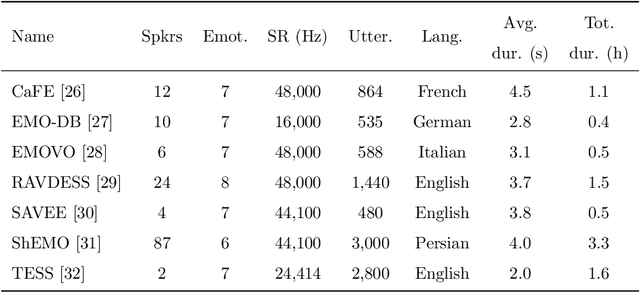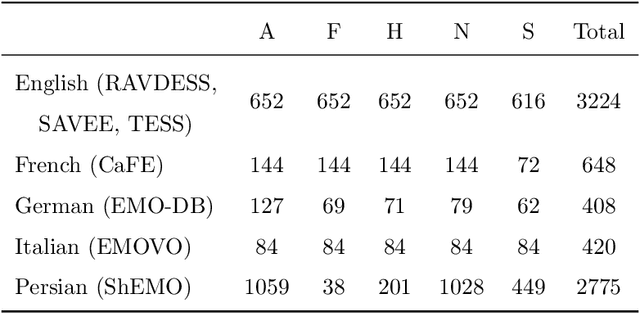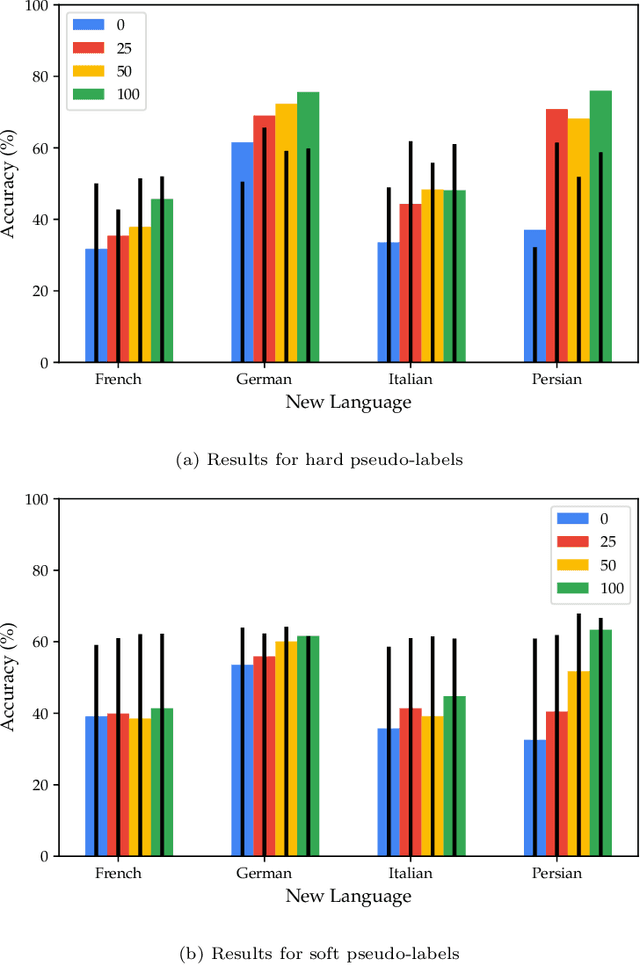Flavio Piccoli
Deep Learning Hyperspectral Pansharpening on large scale PRISMA dataset
Jul 28, 2023Abstract:In this work, we assess several deep learning strategies for hyperspectral pansharpening. First, we present a new dataset with a greater extent than any other in the state of the art. This dataset, collected using the ASI PRISMA satellite, covers about 262200 km2, and its heterogeneity is granted by randomly sampling the Earth's soil. Second, we adapted several state of the art approaches based on deep learning to fit PRISMA hyperspectral data and then assessed, quantitatively and qualitatively, the performance in this new scenario. The investigation has included two settings: Reduced Resolution (RR) to evaluate the techniques in a supervised environment and Full Resolution (FR) for a real-world evaluation. The main purpose is the evaluation of the reconstruction fidelity of the considered methods. In both scenarios, for the sake of completeness, we also included machine-learning-free approaches. From this extensive analysis has emerged that data-driven neural network methods outperform machine-learning-free approaches and adapt better to the task of hyperspectral pansharpening, both in RR and FR protocols.
A deep scalable neural architecture for soil properties estimation from spectral information
Oct 26, 2022Abstract:In this paper we propose an adaptive deep neural architecture for the prediction of multiple soil characteristics from the analysis of hyperspectral signatures. The proposed method overcomes the limitations of previous methods in the state of art: (i) it allows to predict multiple soil variables at once; (ii) it permits to backtrace the spectral bands that most contribute to the estimation of a given variable; (iii) it is based on a flexible neural architecture capable of automatically adapting to the spectral library under analysis. The proposed architecture is experimented on LUCAS, a large laboratory dataset and on a dataset achieved by simulating PRISMA hyperspectral sensor. 'Results, compared with other state-of-the-art methods confirm the effectiveness of the proposed solution.
Semi-supervised cross-lingual speech emotion recognition
Jul 14, 2022



Abstract:Speech emotion recognition (SER) on a single language has achieved remarkable results through deep learning approaches over the last decade. However, cross-lingual SER remains a challenge in real-world applications due to (i) a large difference between the source and target domain distributions, (ii) the availability of few labeled and many unlabeled utterances for the new language. Taking into account previous aspects, we propose a Semi-Supervised Learning (SSL) method for cross-lingual emotion recognition when a few labels from the new language are available. Based on a Convolutional Neural Network (CNN), our method adapts to a new language by exploiting a pseudo-labeling strategy for the unlabeled utterances. In particular, the use of a hard and soft pseudo-labels approach is investigated. We thoroughly evaluate the performance of the method in a speaker-independent setup on both the source and the new language and show its robustness across five languages belonging to different linguistic strains.
Unsupervised Segmentation of Hyperspectral Remote Sensing Images with Superpixels
Apr 26, 2022



Abstract:In this paper, we propose an unsupervised method for hyperspectral remote sensing image segmentation. The method exploits the mean-shift clustering algorithm that takes as input a preliminary hyperspectral superpixels segmentation together with the spectral pixel information. The proposed method does not require the number of segmentation classes as input parameter, and it does not exploit any a-priori knowledge about the type of land-cover or land-use to be segmented (e.g. water, vegetation, building etc.). Experiments on Salinas, SalinasA, Pavia Center and Pavia University datasets are carried out. Performance are measured in terms of normalized mutual information, adjusted Rand index and F1-score. Results demonstrate the validity of the proposed method in comparison with the state of the art.
 Add to Chrome
Add to Chrome Add to Firefox
Add to Firefox Add to Edge
Add to Edge